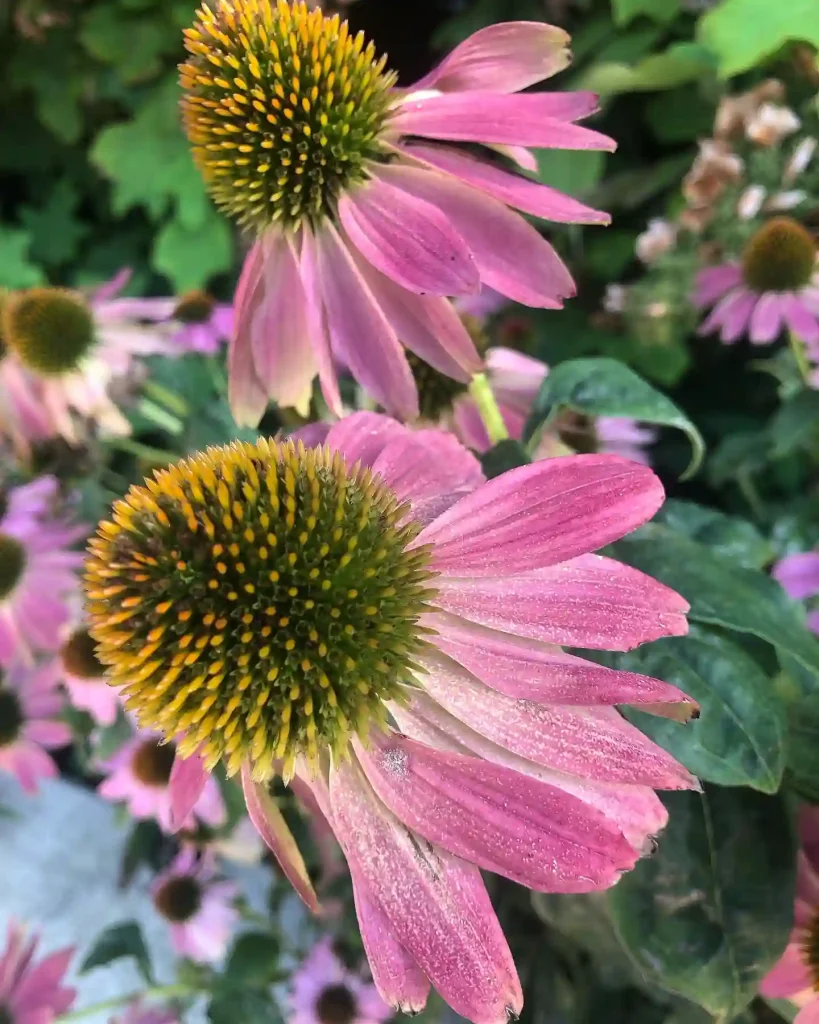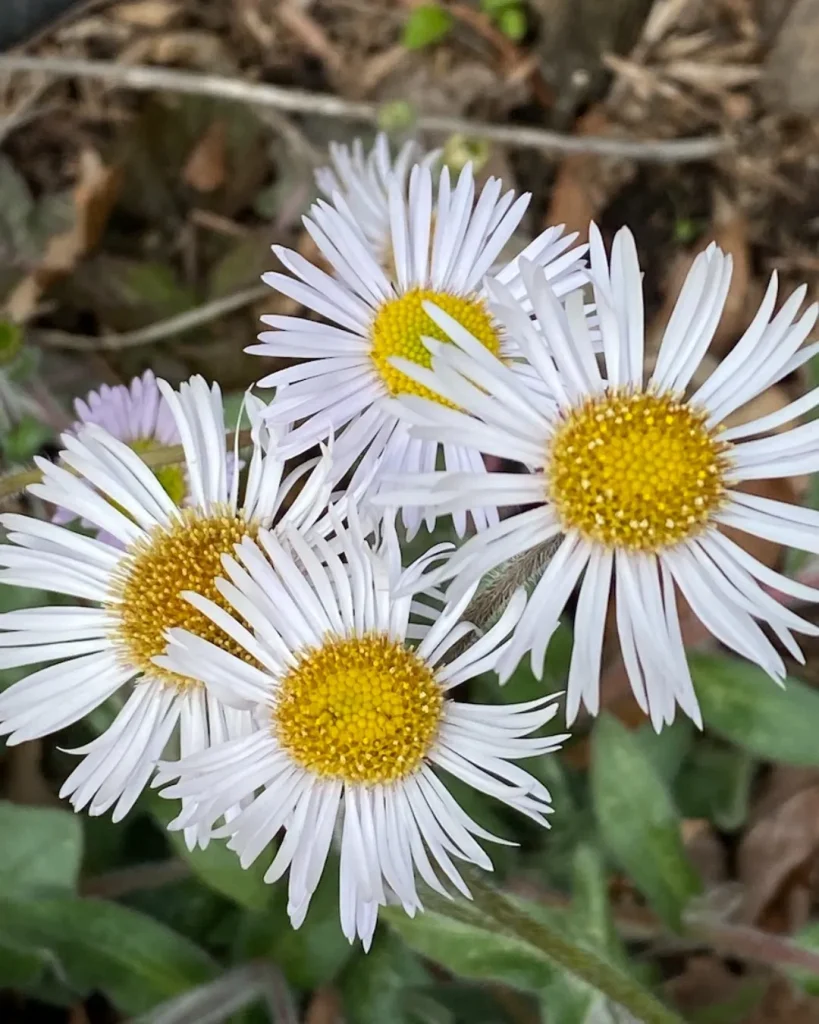
FAQs About Clematis Rooguchi
As an avid gardener, I’ve had my fair share of experiences with different plants, but Clematis Rooguchi holds a special place in my heart. Its vibrant blooms and climbing ability make it a standout choice for any garden. Here’s a compilation of frequently asked questions I’ve encountered regarding this beautiful clematis variety.
391 Species in Genus Clematis
What is Clematis Rooguchi?
Clematis Rooguchi is a stunning hybrid clematis known for its large, star-shaped flowers that bloom profusely in late spring and early summer. The flowers typically feature a beautiful shade of deep purple, with creamy white edges, adding an elegant touch to trellises, fences, and arbors. I love how it can transform any vertical space into a cascading waterfall of color.
How Fast Does Rooguchi Clematis Grow?
In my experience, Clematis Rooguchi is relatively fast-growing. Under optimal conditions—plenty of sunlight, well-draining soil, and adequate moisture—it can grow 6 to 10 feet in a single season. I’ve seen mine reach its full height in about two years, making it an excellent choice for those who want quick results in their gardens.
How to Grow Clematis Rooguchi?
Growing Clematis Rooguchi is quite straightforward. Here are the steps I follow:
- Choose the Right Location: This clematis thrives in full sun to partial shade. I usually aim for at least 6 hours of sunlight daily.
- Soil Preparation: The soil should be well-draining and rich in organic matter. I often mix compost into the planting hole to give it a nutrient boost.
- Planting: I typically plant it in spring or fall, digging a hole twice the width of the root ball. Make sure the crown of the plant is just above the soil level.
- Watering: Consistent moisture is key, especially during the first year. I water deeply but infrequently to encourage deep root growth.
- Fertilizing: I apply a balanced fertilizer in early spring to support growth and blooming.
Is Rooguchi Clematis Heat Tolerant?
Yes, Rooguchi is relatively heat tolerant, which is a blessing in hotter climates. However, I’ve found that it benefits from some afternoon shade during peak summer heat. This helps prevent wilting and keeps the blooms looking fresh. Adding a layer of mulch can also help retain moisture and keep the roots cool.
Are There Any Other Clematis That Bloom Like Rooguchi?
Absolutely! There are several other clematis varieties that produce similar blooms. For instance, Clematis Nelly Moser and Clematis The President are also known for their large, showy flowers. However, Rooguchi’s unique color and growth habit make it a standout in my garden.
How to Care for Clematis Rooguchi?
Caring for Clematis Rooguchi involves a few simple practices:
- Pruning: I prune my Rooguchi in late winter or early spring before new growth begins. This helps promote healthier blooms.
- Pest Management: I keep an eye out for common pests like aphids and spider mites. If I spot them, I often use insecticidal soap or neem oil as a natural remedy.
- Support Structures: As a climbing plant, providing adequate support is essential. I’ve found that trellises, fences, or even other plants work well to help it climb.
How to Propagate Clematis Rooguchi?
If you love Clematis Rooguchi as much as I do, you might want to propagate it. I usually propagate through cuttings in spring. Here’s how:
- Select Healthy Cuttings: I take 4 to 6-inch cuttings from new growth.
- Prepare the Soil: I use a mix of potting soil and perlite for good drainage.
- Plant Cuttings: I dip the cut ends in rooting hormone and plant them in the prepared soil.
- Water and Cover: Keeping the soil moist and covering the cuttings with a plastic bag creates a greenhouse effect.
What to Plant With Clematis Rooguchi?
Clematis Rooguchi pairs beautifully with various companion plants. I often plant it alongside perennial flowers like daylilies and hostas. Their foliage provides a nice backdrop for the climbing blooms, creating a visually appealing display.
Can You Grow Clematis Rooguchi Indoors?
While Clematis Rooguchi is primarily an outdoor plant, it can be grown indoors with the right conditions. It needs a large pot, ample sunlight, and a support structure. However, I’ve found it’s more challenging to get it to bloom indoors, so I typically recommend outdoor planting for the best results.
Is Clematis Rooguchi Toxic?
Clematis Rooguchi is considered non-toxic to pets and humans, which is great for those with curious furry friends. However, I always recommend monitoring pets around any plants, as individual reactions can vary.
Common Problems with Clematis Rooguchi
Despite its hardiness, Clematis Rooguchi can face challenges. Some common problems include:
- Wilting: Often due to insufficient water. I’ve learned to check the soil moisture regularly.
- Fungal Diseases: Humidity can lead to issues like powdery mildew. I usually ensure good air circulation around the plant.
By addressing these issues early, I’ve been able to keep my Rooguchi thriving.
In conclusion, Clematis Rooguchi is a delightful addition to any garden. With its beautiful blooms and manageable care requirements, it’s a plant I recommend to anyone looking to enhance their outdoor space. Whether you’re a seasoned gardener or just starting, this clematis variety can bring joy and beauty to your garden.
If i die, water my plants!



